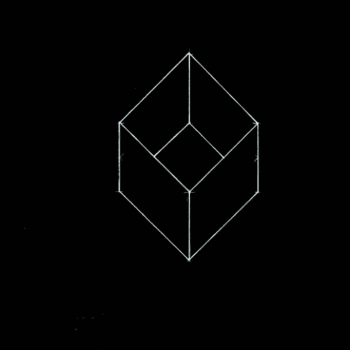The sum of three consecutive odd integers is -51, how do you find the numbers?
2 Answers
Explanation:
What I like to do with these problems is take the number and divide by the number of values we're looking fr, int his case,
so
Now we find two values that are equally distant from
Let's see if this works:
We were right!
See a solution process below:
Explanation:
First, let's call the smallest number:
Then, the next two consecutive odd numbers would be:
We know the sum of these is
Therefore:
-
#n + 2 = -19 + 2 = -17# -
#n + 4 = -19 + 4 = -15#
The three consecutive odd integers would be: -19, -17 and -15


